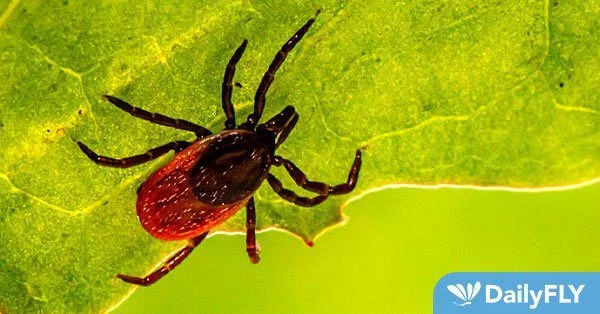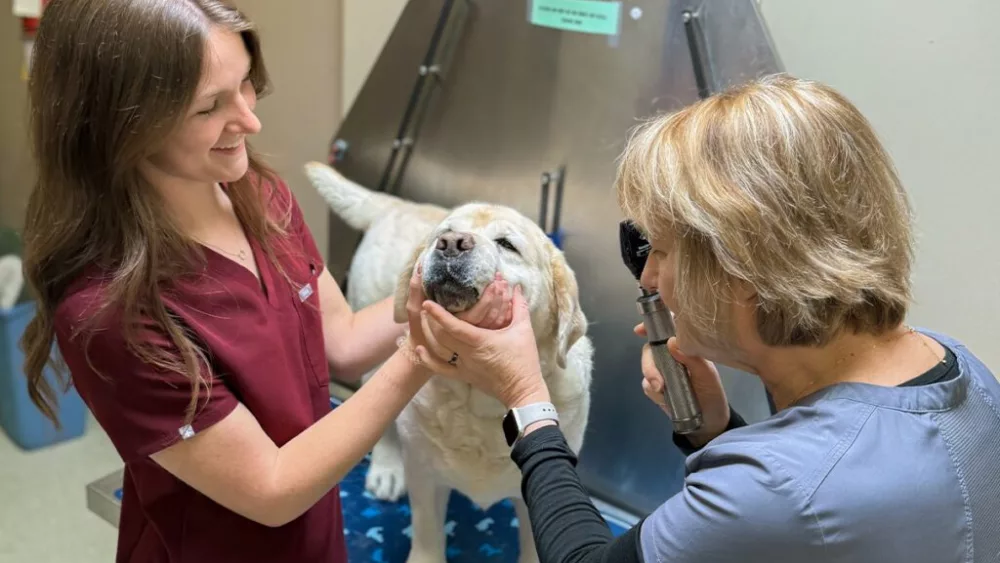PULLMAN – A $2.1 million grant from the National Institutes of Health will allow Washington State University researchers to take the next steps toward blocking the transmission of Lyme disease and anaplasmosis.
The four-year grant comes on the heels of the discovery of a novel immune mechanism central to tick survival against two of the most common bacteria the parasites are known to carry and spread.
The WSU study recently published in mBio, could lead to a better understanding of how to manipulate the tick’s own immune mechanism when it is colonized by the bacteria that cause Lyme disease and anaplasmosis. This would potentially limit the tick’s ability to transmit diseases to humans.
“If we are able to alter this immune pathway, it could be a way to limit transmission of Lyme disease and anaplasmosis from ever infecting humans,” said graduate student Lindsay Sidak-Loftis, who led the research in WSU assistant professor Dana Shaw’s laboratory.
In that study, the team discovered two novel protein players that are integral to the immune pathway. The incoming grant will allow them to investigate further exactly how those proteins interact and what other mechanisms may be involved in that immune pathway.
Lyme disease, caused by the bacterium Borrelia burgdorferi, is the most common tick-borne disease reported in the United States. It causes fever, headache, and skin rash, and if left untreated, infection can lead to joint pain and in rare cases, death.
Anaplasmosis is caused by the bacterium Anaplasma phagocytophilum and causes fever, headaches, chills, and muscle aches.

Both diseases are spread to people from bacteria in saliva passed through infected tick bites. According to the Centers for Disease Control and Prevention, ticks were responsible for 91% of all vector-borne disease in the United States in 2019.
The tick genome lacks a series of upstream genes central to the immune response that keeps these disease-causing bacteria at bay in other insects.
“The absence of these genes suggests that an alternative immune activation mechanism exists to restrict tick-borne pathogens,” said Shaw, a member of WSU’s Veterinary, Microbiology and Pathology research unit.
By seeking out and studying a common stress response known as the unfolded protein response, researchers in the Shaw lab identified two proteins linked to the ability of pathogens to colonize the tick.
The unfolded protein response is a highly conserved cellular stress response found in all animals and plants. It is located in a cell’s endoplasmic reticulum and activated when a cell is under stress, such as during an infection.
Sidak-Loftis and Shaw found production of the proteins, named IRE1α and TRAF2, were significantly increased during times of general endoplasmic reticulum stress and infection of two these different pathogens.
“The more they are produced the more they are needed, and we were seeing an increase of these proteins under stressful conditions, so when we knocked them down, we found an increase in bacterial colonization,” Sidak-Loftis said.
By reducing the expression of proteins through a process known as RNA interference, the study found a significant increase in bacterial burden in ticks.
“Our findings provide mechanistic insight into how an immune response may be activated in the absence of the classically defined upstream genes,” Shaw said.
The findings are promising but there is much more to learn before any immune response could be manipulated in the tick for translational application. While the proteins’ interaction leads to immune pathway activation, the question now is exactly how this is happening.
“There is something in between that is interacting with this,” Sidak-Loftis said. “What we are trying to do is build that cascade and see what other proteins are involved that are going to be interacting or activating this immune pathway. The incoming grant will allow us to close that gap.”





